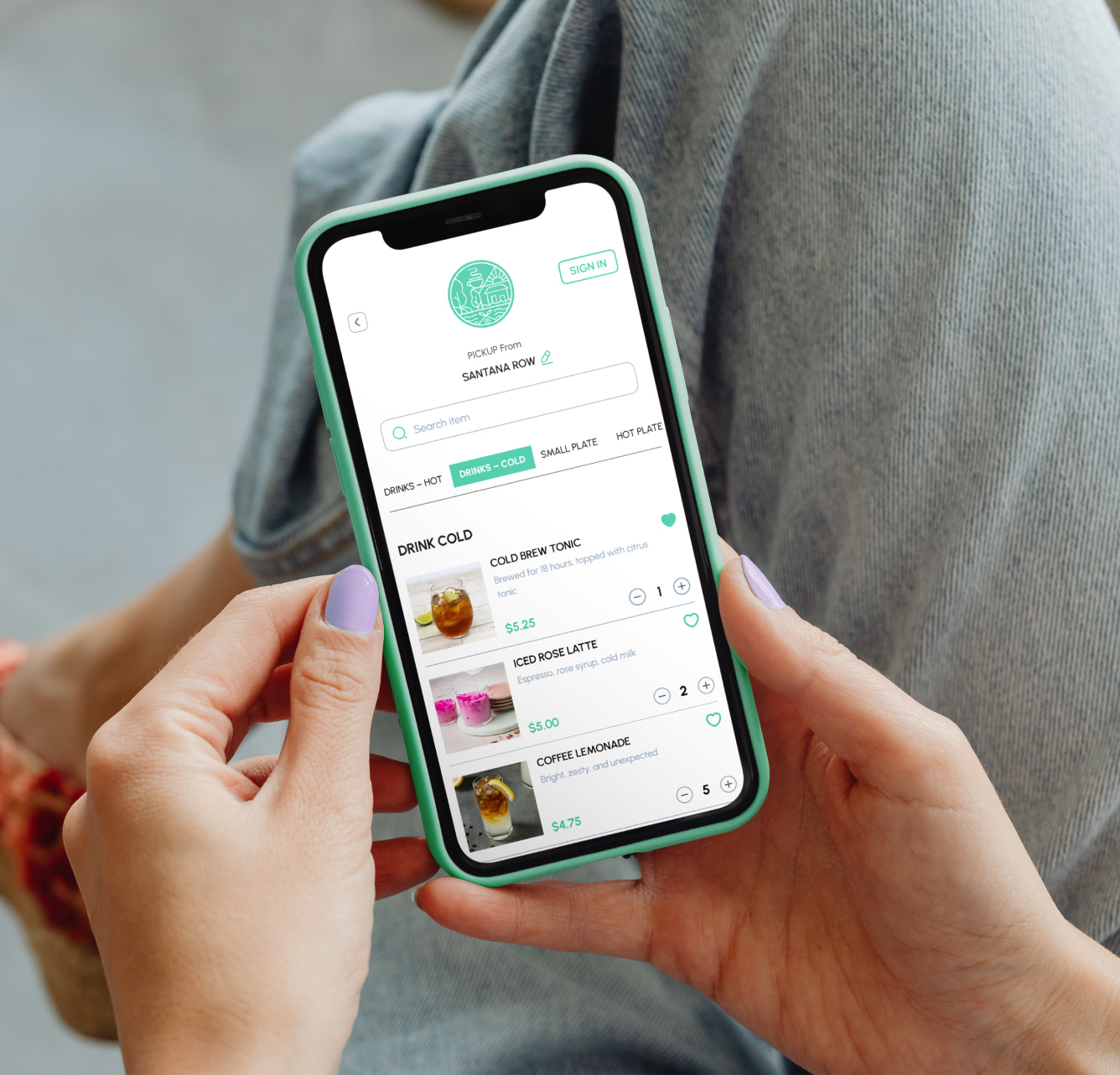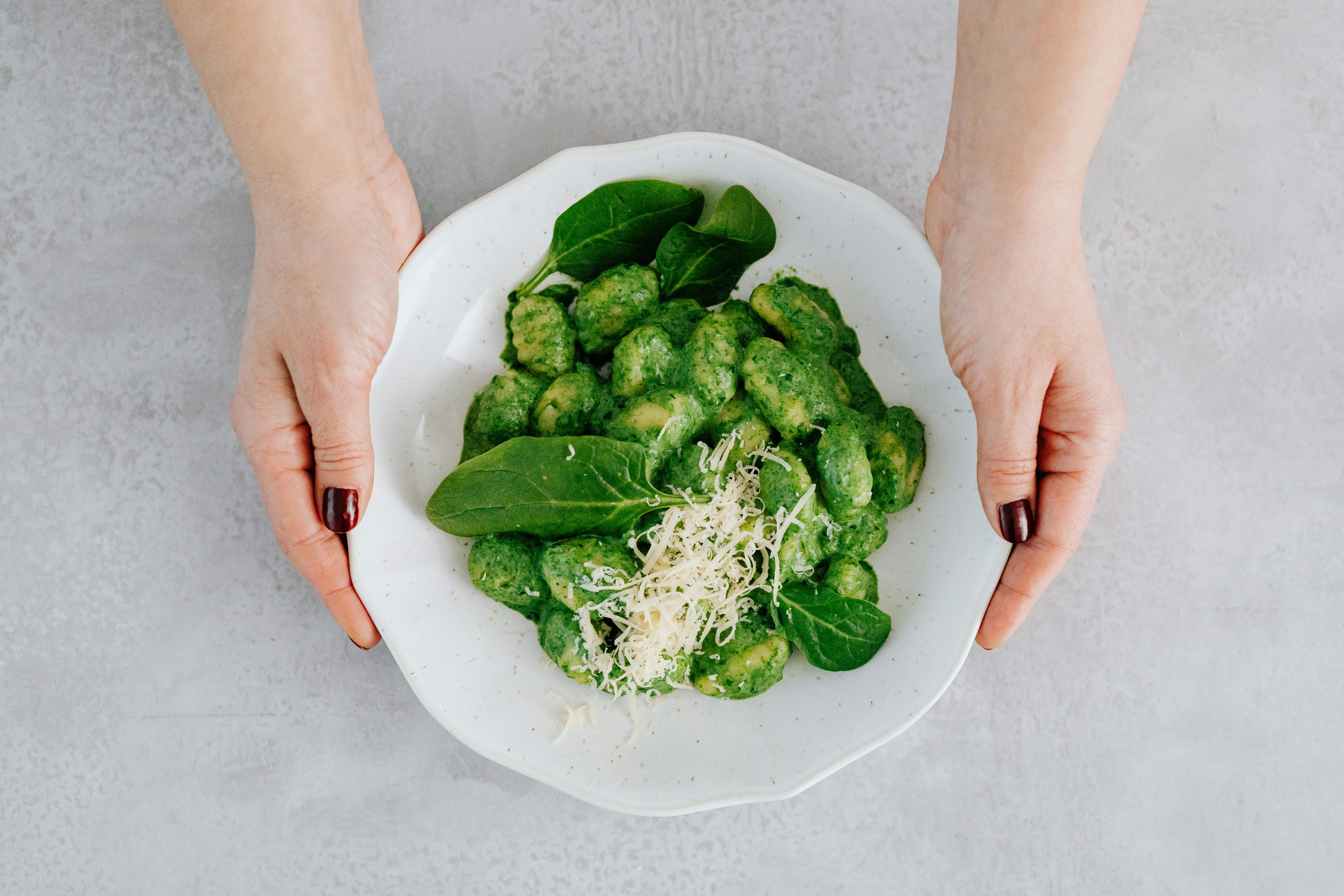Key Takeaways
- Prioritize Commission-Free Online Ordering: Use a commission-free online ordering system instead of third-party delivery apps. This gives you control over your branding, menu presentation, and direct access to valuable customer data, while saving on high commission fees.
- Leverage Video and Social Media for Engagement: Korean cuisine’s vibrant visuals and interactive elements are naturally shareable. Consistent video content and active social media presence can educate customers, showcase authenticity, and drive engagement.
- Host Cultural Events and Educational Experiences: Stand out by hosting Korean cultural events and culinary workshops. These events make your restaurant a community hub and help new diners feel comfortable trying unfamiliar dishes.
- Adopt an Integrated Technology Platform like Restolabs: Use a platform (such as Restolabs) that offers online ordering, loyalty programs, automated marketing, and analytics specifically tailored for Korean restaurants—helping you streamline operations while keeping your brand authentic.
In today’s fast-evolving restaurant landscape, thriving as a Korean restaurant owner means blending the vibrant flavors and traditions of Korean cuisine with leading-edge marketing and technology. With digital marketing spend projected to skyrocket and video content now driving the majority of online engagement, it’s never been more crucial to showcase your authentic culinary experience across every customer touchpoint. Whether you’re known for sizzling bulgogi, bubbling kimchi jjigae, or inventive soju cocktails, these 11 Korean marketing ideas—rooted in both tradition and innovation—will help you attract new diners, retain loyal guests, and turn every meal into a memorable brand experience.
The Restolabs Approach to Transformative Korean Marketing Strategies
Korean restaurant owners face unique opportunities and challenges: from expressing authentic flavors to navigating the digital shift in dining habits. The most effective Korean marketing ideas draw from tradition while embracing technology, cultural celebration, and operational efficiency. Today’s diners expect not only exquisite food but also seamless digital experiences—think commission-free online ordering, easy mobile payments, and personalized marketing communications.
As digital marketing budgets increasingly focus on performance-based channels and mobile-first strategies, integrating your marketing with a technology platform like Restolabs ensures you remain competitive, customer-centric, and operationally agile. From ingredient storytelling to capturing the spirit of Seollal, every campaign should reflect your restaurant’s soul while maximizing reach and efficiency.
11 Actionable Korean Marketing Ideas for Restaurant Growth
Below, discover 11 Korean marketing ideas grouped by practicality, scalability, creativity, and local adaptation—each designed to help you stand out, build loyalty, and maintain cultural integrity.
Practicality and Scalability: Proven Korean Strategies for Every Budget
1. Create a Commission-Free Online Ordering Hub with Authentic Korean Branding
A direct online ordering platform is now a non-negotiable for Korean restaurants aiming to boost revenue and customer loyalty. With mobile commerce now driving half of all food orders, diners expect to browse, customize, and pay online—especially for cuisines as varied as Korean.
Why this matters:
Commission-free online ordering gives you full control over branding, menu presentation, and customer data—unlike third-party delivery apps. This control is crucial for conveying the unique aspects of your Korean dishes and for running targeted promotions.
How to execute:
- Choose an online ordering system that supports Korean language, menu customization (e.g., spice level for tteokbokki), and mobile optimization.
- Use high-quality photos and culturally accurate descriptions for each dish.
- Highlight unique offerings like lunchbox dosirak, BBQ sets, or vegan-friendly bibimbap.
- Feature special instructions for dietary needs (gluten-free, vegetarian, halal options).
2. Leverage Social Media with Visual-First Korean Promotions
Social media—especially Instagram, TikTok, and Facebook—is the digital showcase for your food and culture. With over 5 billion active social users worldwide, sharing visually stunning content can transform casual browsers into loyal fans.
Why this matters:
Korean cuisine’s vibrant colors and dramatic presentations (think sizzling stone pots or rainbow banchan) are tailor-made for shareable content. Social media also helps educate customers about lesser-known dishes and Korean dining customs.
How to execute:
- Post daily or weekly stories of your kitchen in action: grilling galbi, assembling kimbap, or fermenting kimchi.
- Use popular and cuisine-specific hashtags (e.g., #KFood, #Bibimbap, #SeoulEats).
- Collaborate with local K-culture influencers for authenticity and broader reach.
- Host Instagram Live cooking demos or Q&A sessions on Korean food traditions.
3. Harness the Power of Video Marketing for Korean Cuisine Storytelling
Video is now the king of online engagement, accounting for over 80% of web traffic. Korean cuisine, with its interactive tableside grilling, fiery stews, and colorful side dishes, is perfect for video storytelling.
Why this matters:
Diners are more likely to visit after watching immersive videos that showcase your food’s preparation, your chef’s skills, or the sizzle of samgyeopsal. Video also demystifies unfamiliar ingredients and cooking methods.
How to execute:
- Produce short-form videos: “How to wrap ssam,” “Behind-the-scenes: Making kimchi,” or “Seollal rice cake soup tradition.”
- Share customer testimonials and reactions to spicy dishes.
- Use subtitles or voiceovers in both English and Korean for inclusivity.
- Repurpose video content for your website, social channels, and email campaigns.
4. Build an Ingredient-Focused Marketing Campaign
Highlighting signature Korean ingredients—gochujang, perilla leaf, jangajji, and premium short rib—creates a unique selling point and educates diners about what sets your food apart.
Why this matters:
Ingredient transparency builds trust, appeals to health-conscious customers, and allows you to tell stories about your sourcing and culinary heritage.
How to execute:
- Spotlight a “Featured Ingredient of the Month” on your website and in-store displays.
- Share stories and videos about local sourcing or traditional import practices (e.g., hand-fermented doenjang).
- Create menu cards explaining each ingredient’s flavor, health benefits, and cultural significance.
- Offer limited-time dishes that showcase a specialty ingredient (e.g., seasonal yuzu or Jeju black pork).
5. Optimize Local Search and SEO for Korean Restaurants
With diners increasingly searching “Korean BBQ near me” or “best kimchi stew in [city],” appearing at the top of local search results is essential for growth.
Why this matters:
Optimized local SEO drives foot traffic, online orders, and reservations from hungry locals and tourists alike.
How to execute:
- Claim and update your Google My Business listing with accurate info, Korean keywords, and menu highlights.
- Encourage satisfied guests to leave detailed reviews on Google, Yelp, and Korean-language review sites.
- Embed Korean terms and dish names naturally within your website’s content to boost search relevance.
- Use schema markup to enhance menu visibility in search results.
6. Launch Targeted Email and SMS Campaigns for Korean Promotions
Direct messaging is personal and highly effective for driving repeat visits, especially when tailored around Korean holidays and promotions.
Why this matters:
Automated email and SMS campaigns can generate a high return on investment by reaching diners with timely, relevant content—like Seollal specials, Chuseok feasts, or weekday lunch deals.
How to execute:
- Segment your customer list by dining habits (e.g., KBBQ fans, vegetarian diners, takeout regulars).
- Send personalized messages with exclusive offers, cooking tips, or sneak peeks at new menu items.
- Highlight cultural celebrations and invite customers to participate in events or special menus.
- Automate reminders for birthdays, anniversaries, or past online orders.
Creativity and Local Adaptation: Stand-Out Korean Strategies for Community and Connection
7. Host Themed Events and Cultural Celebrations
Korean cuisine is deeply tied to tradition, making cultural events a powerful marketing tool. Celebrating Seollal (Lunar New Year), Chuseok (Harvest Festival), or even K-pop nights fosters community and differentiates your restaurant.
Why this matters:
These events increase foot traffic, encourage group bookings, and position your restaurant as a cultural hub.
How to execute:
- Organize Seollal rice cake soup tastings, Chuseok hanbok photo booths, or K-drama viewing parties.
- Partner with Korean cultural organizations or local schools for authenticity.
- Offer limited edition menus or tasting flights tied to the event.
- Promote events on social media, your website, and through local media.
8. Design Loyalty Programs Tailored for Korean Food Lovers
Rewarding repeat diners with tailored perks encourages loyalty and higher spend per visit.
Why this matters:
A well-designed loyalty program can turn casual customers into devoted fans—especially when rewards align with Korean dining rituals, like group feasts or special banchan.
How to execute:
- Offer points for every order (dine-in or online), redeemable for free drinks, banchan samplers, or exclusive dishes.
- Create VIP tiers for frequent diners with access to chef’s table nights or off-menu specialties.
- Integrate your loyalty program with your online ordering and reservation platform for seamless tracking.
- Encourage digital sign-ups with a welcome offer (e.g., complimentary kimchi pancake).
9. Collaborate with Local Korean and Pan-Asian Businesses
Strategic partnerships with Korean grocery stores, bubble tea shops, or martial arts studios can widen your audience and create win-win promotions.
Why this matters:
Community collaboration builds credibility, taps into shared customer bases, and strengthens cultural ties.
How to execute:
- Co-host cross-promotions (e.g., “Show your receipt from [partner shop] for 10% off”).
- Sponsor local Korean festivals, K-pop dance classes, or language workshops.
- Source specialty ingredients from local Korean markets and share these stories online.
- Feature guest chefs or pop-ups from other Korean culinary experts.
10. Educate Diners with Interactive Korean Food Experiences
Demystifying Korean food and dining etiquette—how to eat ssam, pour soju, or share banchan—creates memorable experiences and encourages word-of-mouth.
Why this matters:
Education makes Korean cuisine more accessible and fun for first-timers, while deepening appreciation for regulars.
How to execute:
- Host hands-on kimchi-making classes or BBQ grilling tutorials.
- Place educational table cards with fun facts about dishes or cultural customs.
- Offer QR codes that link to short videos explaining each menu section.
- Encourage guests to share their experiences with a branded hashtag for social amplification.
11. Celebrate Korean Ingredients and Cooking Methods in All Marketing
Honoring the authenticity of your dishes—whether through traditional charcoal grilling, stone pot bibimbap, or house-fermented kimchi—sets your restaurant apart and appeals to adventurous eaters.
Why this matters:
Showcasing authentic cooking methods and ingredient stories builds trust, supports premium pricing, and differentiates you from generic pan-Asian concepts.
How to execute:
- Share behind-the-scenes photos and videos of your chefs using specialized tools (e.g., dolsot pots, BBQ grills, fermentation jars).
- Spotlight traditional preparation techniques in your menu descriptions.
- Offer “Chef’s Table” nights where diners watch the preparation of classic dishes.
- Clearly communicate which dishes are made in-house vs. sourced, and highlight any unique regional specialties.
Bringing It All Together: Amplify Your Korean Restaurant’s Growth with Restolabs
Executing these Korean marketing ideas is only as effective as your ability to deliver seamless, memorable customer experiences—both online and in person. That’s where a comprehensive restaurant technology platform like Restolabs can make all the difference.
- Launch commission-free online ordering with full menu customization (including Korean language support).
- Integrate loyalty programs, targeted promotions, and customer feedback systems into one platform.
- Automate marketing around Korean holidays, ingredient spotlights, and local events.
- Seamlessly manage online and in-house orders, ensuring operational efficiency without sacrificing authenticity.
- Analyze data on customer preferences, top-selling dishes, and campaign performance to refine your Korean strategies.
With Restolabs, you can focus on what you do best—sharing the vibrant flavors and traditions of Korea—while ensuring every digital and in-person interaction is smooth, branded, and culturally respectful. Elevate your restaurant’s growth by blending the best of technology with the heart of Korean hospitality, and let these proven Korean marketing ideas transform your business for the future. Ready to take the next step? Book a demo today and unlock the full potential of your Korean restaurant.
Frequently Asked Questions
Commission-free systems let you control your menu, branding, and customer data, and save you from paying high fees. You can offer unique Korean features—like spice level options or Korean language support—and run your own promotions.
Share visually appealing content showing off colorful dishes and cooking techniques (like grilling galbi or fermenting kimchi). Use relevant hashtags (#KFood, #Bibimbap), partner with K-culture influencers, and host live cooking demos to educate and engage your audience
Organize events for Korean holidays (e.g., Seollal, Chuseok), K-pop nights, or K-drama viewings. Collaborate with cultural organizations and offer special menus or experiences to draw in new and returning guests.
Claim and optimize your Google My Business page, use Korean keywords and dish names, encourage customer reviews (in English and Korean, if possible), and add menu schema to your website to boost search ranking for terms like “Korean BBQ near me.”


.gif)
.png)

.png)






